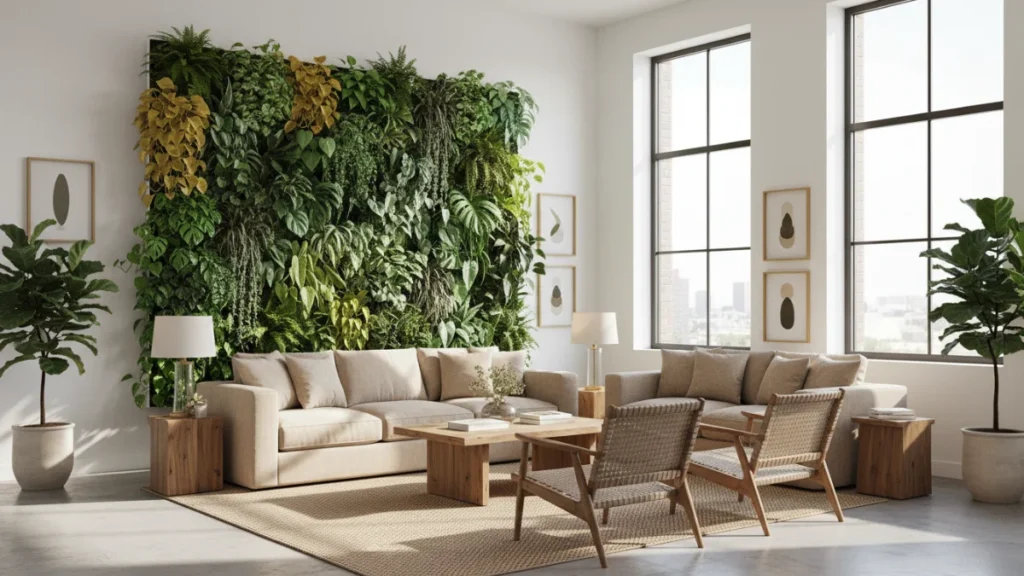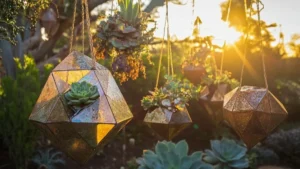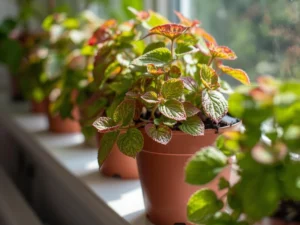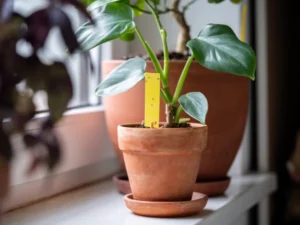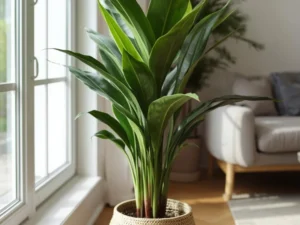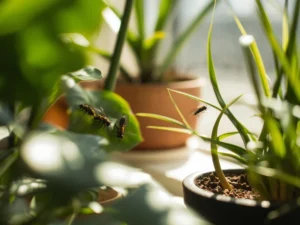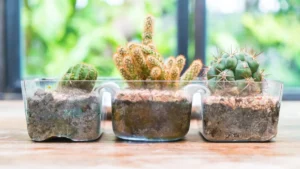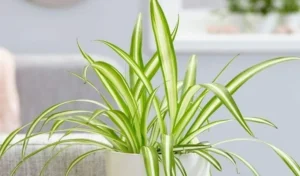There’s something almost magical about living wall art that lush burst of green that turns an ordinary wall into a living, breathing masterpiece. It’s not just décor; it’s therapy for the eyes and calm for the soul.
For many of us, being close to nature feels grounding because it helps us reconnect with a quieter part of ourselves. And a living wall gives that back the soft rustle of leaves, the earthy scent after watering, the small reminder that life thrives even in tiny spaces.
So, the best part is you don’t need a big garden or fancy tools. With a little care and a lot of heart, anyone can turn a blank wall into a space that feels alive and full of peace.
Why Living Wall Art Feels Like Nature’s Hug
You know that deep breath you take when you step into a garden after rain? That’s the feeling living wall art brings indoors. It reconnects us with nature, even when we’re surrounded by city noise and screens.

Beyond its beauty, living wall art quietly works wonders because it purifies the air, eases stress, and adds that warm biophilic touch we all crave. Plus, from cozy cafés to modern apartments, designers keep proving one thing: even a small splash of green can change how a space feels. So add a little wall of life, and the room will soften, breathe, and feel more like home.
The Nuts and Bolts: How a Living Wall Works
Let’s talk about what’s going on behind all that greenery. A living wall isn’t just plants stuck to a board it’s a mini ecosystem.
Most indoor living walls use one of three main systems:
-
Modular tray systems: panels that lock together, almost like Legos for plants.
-
Pocket systems: felt or fabric pockets that cradle each root.
-
Hydroponic systems : plants grow in nutrient-rich water instead of soil.
Many setups now use a self-watering living wall design with hidden drip lines or pumps that feed each plant automatically. It’s smart, efficient, and perfect for busy people who love plants but forget to water (hey, we’ve all been there).
Best Plants for Living Walls (That Actually Thrive Indoors)
Here’s the truth: not every plant loves vertical life. You’ll need low-maintenance, humidity-tolerant varieties that can handle indirect light and occasional neglect.

Top picks for U.S. homes include:
-
Pothos (Epipremnum aureum): forgiving, fast-growing, and perfect for beginners.
-
Boston fern (Nephrolepis exaltata): brings soft, feathery texture.
-
Creeping fig (Ficus pumila): grows beautifully across panels.
-
Peperomia and pilea: small, colorful, and adorable.
-
Tillandsia (air plants): thrive without soil, just occasional misting.
If you’re short on natural light, go for ZZ plants, snake plants, or peace lilies. They’re practically indestructible and still look lush.
DIY Framed Living Wall Art: Step-by-Step
Want to make your own? It’s easier than it looks think of it as a mix of crafting and gardening.
-
Pick your frame: Shadow boxes or deep wooden frames work great.
-
Add a waterproof layer: Protects your wall from moisture.
-
Install a liner: Felt, mesh, or fiber holds your planting medium.
-
Add substrate: Use moss or lightweight soil for structure.
-
Arrange your plants: Play with height, texture, and color.
-
Add lighting: Grow lights help if your space lacks sunlight.
For renters, go with a no-drill living wall using command hooks or magnetic mounts. It’s lightweight, renter-friendly, and completely removable.
Living Wall vs. Preserved Moss Wall: What’s the Real Difference?
People often confuse preserved moss walls with living walls and it’s easy to see why. Both look green and stunning, but only one’s alive. A preserved moss wall is made from real moss that’s been dried and treated. It stays soft and colorful but doesn’t grow.
A true living wall breathes, grows, and purifies your air. It’s a living system one that evolves with time. Think of preserved moss as a painting, and a living wall as the painter’s garden.
Counting the Cost: What Does a Living Wall Really Cost in the U.S.?
Alright, let’s talk money because these beauties aren’t free, but they’re not unreachable either. For a professional setup, living wall installation costs around $125–$200 per square foot in the U.S., including irrigation and design. If that sounds steep, don’t panic. DIY living wall kits can get you started for $300–$500, depending on size and plants.
Brands like LiveWall and GSky Plant Systems sell modular panels that you can assemble at home. Add some good lighting and a few hours on a Saturday, and you’ll have your own vertical garden by evening.
Maintenance Made Simple (Because Life’s Busy Enough)
No one wants to babysit a wall, right? Luckily, most living wall systems are designed to be low-maintenance.
Here’s what to remember:
-
Trim fast-growing plants monthly.
-
Check for dry spots and clean filters occasionally.
-
Keep humidity between 40–60% if possible.
It’s like owning a quiet, leafy pet one that gives back in fresh air and calm energy.
Living Wall Art for Apartments and Small Spaces
Now, here’s the thing not everyone has a huge home or endless sunlight. But that doesn’t mean you can’t bring nature inside. Living wall art for apartment walls is everywhere now from bright Los Angeles studios to tiny Brooklyn lofts where every inch counts.
Small Space, Big Impact
Even in the smallest apartment, a bit of green can change everything. Modern living wall systems fit neatly into tight corners, transforming blank walls into vibrant backdrops. And because they come in all sizes, you can start small one frame, one plant, one splash of life.
It’s amazing how just a touch of green can make a room feel bigger, calmer, and somehow more “you.”
Renter-Friendly by Design
Worried about your lease? Don’t be. Today’s modular tray walls and framed moss art are made for renters lightweight, removable, and totally stress-free. You can hang them with adhesive rails or command hooks, then take them down whenever you move.
It’s style without the commitment and your walls stay safe, too.
Functional, Beautiful, and Quiet
Here’s something most people don’t realize some living wall panels also absorb sound. They soften echoes, so your room feels calm, not hollow. And that’s the beauty of it: it’s décor with purpose. Even your plants, just being themselves, quietly help you build a space that feels peaceful and alive.
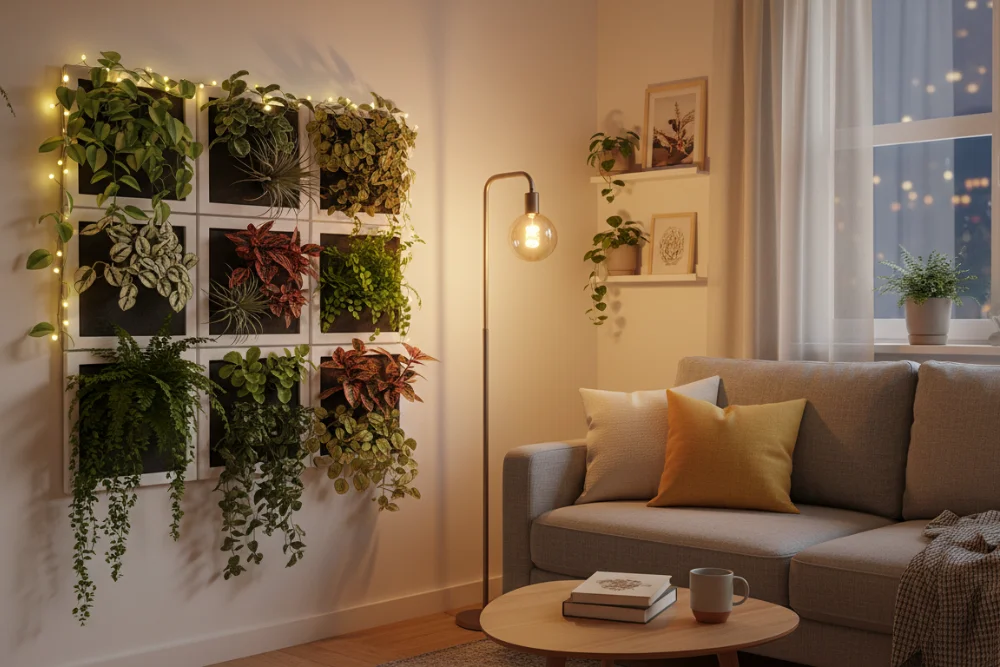
Light, Love, and a Little Care
Not much sunlight? No problem. A few warm grow lights can keep your plants glowing all year. Add a light mist every few days, and you’ve got your own mini jungle right on your wall. With a little consistency, your apartment will start to feel like a personal retreat instead of a box of walls and furniture.
A Wall That Tells Your Story
Every living wall says something about its owner. Maybe it’s creativity, or maybe it’s calm. Maybe it’s just your quiet way of saying, “Hey, I made this.” But that’s the real beauty — living wall art doesn’t need grand space or flawless design.
It only needs your touch, your care, and a wall that’s ready for a little life. So when sunlight catches those leaves in the morning, and you catch that faint earthy scent, you remember it’s more than décor it’s a small piece of you, growing right where you planted it. And if you love nurturing indoor greenery, you’ll also find joy in learning about how to repot an aloe vera plant, a simple yet rewarding way to keep your plants thriving.
Bringing It All Together
Living wall art isn’t just about decorating a wall — it’s about creating a space that breathes with you. It’s that small moment each morning when a touch of green catches your eye and you can’t help but smile. Whether it’s a single moss frame or a full indoor garden, it’s a gentle reminder that nature always finds its way back to us.
If you love adding greenery to your home, you might also enjoy exploring how to grow aloe vera indoors, a perfect way to bring low-maintenance, healing plants into your living space. With just a few plants, a little care, and your own creativity, you can turn any wall into something alive. Bring your walls to life — where every leaf adds calm, color, and a little more breathing room to your home.
FAQ
How do I make a living wall at home?
It’s easier than it looks! Start with a simple frame or wall kit, line it with waterproof material, and arrange your favorite plants or moss. Keep it in a bright spot and mist it a few times a week your wall will thrive before you know it.
What are the best plants for living wall art?
Choose low-light, easygoing plants like pothos, ferns, philodendrons, and air plants. They thrive in humidity and handle shade with ease, so they’re perfect for cozy corners or soft-lit rooms. And because they add instant color and texture, your wall ends up looking alive without demanding much care.
Can I create living wall art in an apartment?
Absolutely! Go for renter-friendly moss frames or lightweight modular trays. No drilling and no damage just pure greenery and calm energy filling your space. And because they’re simple to move, your living wall can go wherever life takes you.
How much does it cost to build a living wall?
DIY living wall art is surprisingly affordable. A small setup or moss frame usually costs around $300–$500, while larger systems with irrigation can run about $125 to $200 per square foot.

